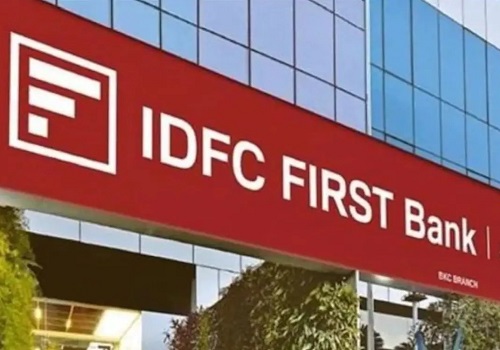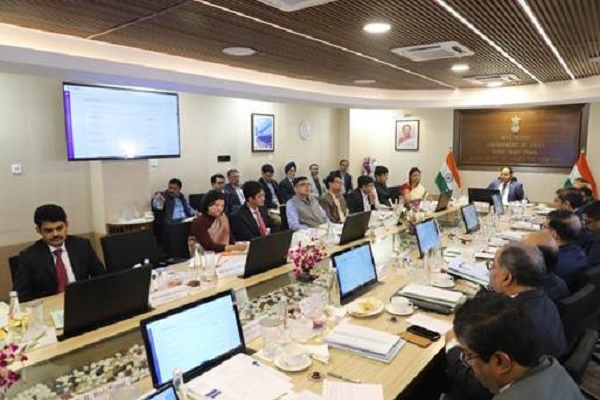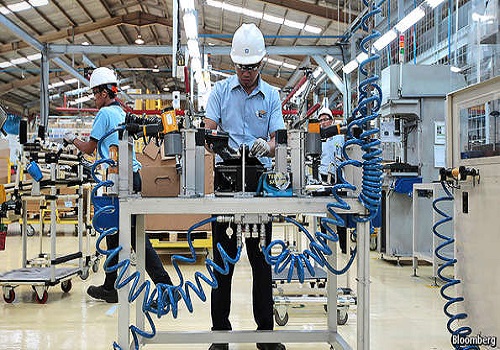Infrastructure Priorities for India's Growth: Key Focus Areas in Pre-Budget 2025

As India approaches its Union Budget for 2025, one of the most pressing areas of focus remains infrastructure development. A key driver of economic growth, infrastructure investment plays a vital role in enhancing the nation's productivity, creating jobs, and improving the quality of life for citizens. In this article, we explore the significance of infrastructure spending in the upcoming budget, the challenges that need addressing, and the potential opportunities it offers for growth.
The Strategic Importance of Infrastructure in India’s Growth Story
Infrastructure is foundational to India's aspirations of becoming a $5 trillion economy. In recent years, the government has taken significant steps to bolster sectors such as transportation, energy, and urban development. However, with rapid urbanization, growing demand for energy, and the necessity to maintain competitive global supply chains, the need for a well-developed infrastructure base has never been more critical.
From road networks and ports to the burgeoning demand for sustainable energy solutions and digitization, the infrastructure sector is a broad spectrum that supports multiple facets of economic activity. In the context of the 2025 budget, this becomes even more vital as India positions itself as a key player in the global economic landscape.
Key Focus Areas for Infrastructure Development in Budget 2025
Transport Infrastructure The continued growth of India’s urban centers necessitates investment in world-class transport systems. Roads, railways, airports, and ports are the backbone of both domestic and international trade. With the government's ambitious target of improving logistics efficiency under the Gati Shakti National Master Plan, a significant portion of the 2025 budget is expected to be allocated towards enhancing the country's multimodal transport network. Expanding metro systems, upgrading national highways, and increasing port capacities are expected to be prioritized.
Energy and Sustainability With a focus on sustainability, the transition to green energy is an essential pillar of India's infrastructure goals. As India moves towards its net-zero emissions target by 2070, investments in renewable energy infrastructure, including solar, wind, and hydroelectric power, are crucial. The 2025 budget may allocate resources for enhancing grid connectivity, promoting electric vehicle adoption, and developing clean energy technologies. Special emphasis could be placed on improving the energy efficiency of existing infrastructure and incentivizing private investments in green technologies.
Urbanization and Smart Cities Urbanization is accelerating at a rapid pace, and smart cities will be pivotal in shaping the future of urban living. The government’s Smart Cities Mission is likely to receive continued support, with a focus on integrating technology into urban planning. Initiatives could include the development of integrated public transport systems, green building projects, waste management solutions, and digital governance models. Budget provisions may also promote affordable housing schemes to cater to the growing urban population.
Digital Infrastructure and Innovation The need for robust digital infrastructure has never been more apparent. With increasing reliance on the digital economy, from e-commerce to telemedicine, the 2025 budget is expected to focus on expanding internet connectivity in rural and remote areas, enhancing the fiber optic network, and developing 5G infrastructure. Additionally, investments in data centers, AI-driven innovations, and cybersecurity frameworks could be earmarked to support India's digital transformation.
Water and Waste Management Water scarcity and waste management are challenges that require urgent attention. The allocation for water infrastructure and waste management systems is likely to see a significant rise in the budget, focusing on projects that ensure equitable water distribution, reduce urban water scarcity, and improve waste treatment technologies. The integration of smart water management systems could be a key area of innovation under the 2025 budget.
Challenges Facing the Infrastructure Sector
While the infrastructure outlook is promising, the sector faces several challenges that need to be addressed in the 2025 budget. Some of these include:
Funding Constraints: Infrastructure development is capital-intensive, and securing adequate financing remains a key hurdle. Public-private partnerships (PPPs) and foreign investments can help, but more concrete measures to attract such investments are needed.
Environmental Impact: Large-scale infrastructure projects can have significant environmental consequences. Sustainable development practices must be prioritized, with a strong focus on environmental impact assessments and eco-friendly designs.
Regulatory Bottlenecks: Lengthy approval processes and inconsistent regulatory frameworks often delay infrastructure projects. Streamlining these processes and ensuring clear guidelines could expedite project execution.
Skilled Workforce: Infrastructure projects require a skilled labor force, and addressing the skills gap in construction, engineering, and technology sectors is essential for timely project completion.
Opportunities for Growth and Innovation
With the right investments, India’s infrastructure sector holds immense potential for growth. The 2025 budget could unlock new opportunities for innovation and entrepreneurship. For example:
Private Sector Participation: Encouraging greater private sector participation through tax incentives and a favorable regulatory environment can accelerate infrastructure development.
Job Creation: Infrastructure projects have a multiplier effect on employment, with the potential to create millions of direct and indirect jobs across various sectors, from construction and engineering to logistics and technology.
Regional Development: Strategic infrastructure projects in less developed regions of India could help bridge the urban-rural divide, improve regional connectivity, and promote balanced economic growth.
Conclusion
As India looks towards Budget 2025, infrastructure remains one of the cornerstones of the nation’s growth agenda. A strong and sustainable infrastructure base will not only boost India’s economy but also improve the quality of life for millions of citizens. The government’s focus on transport, energy, urbanization, digital connectivity, and environmental sustainability will play a significant role in defining India’s path toward becoming a global economic powerhouse.




















